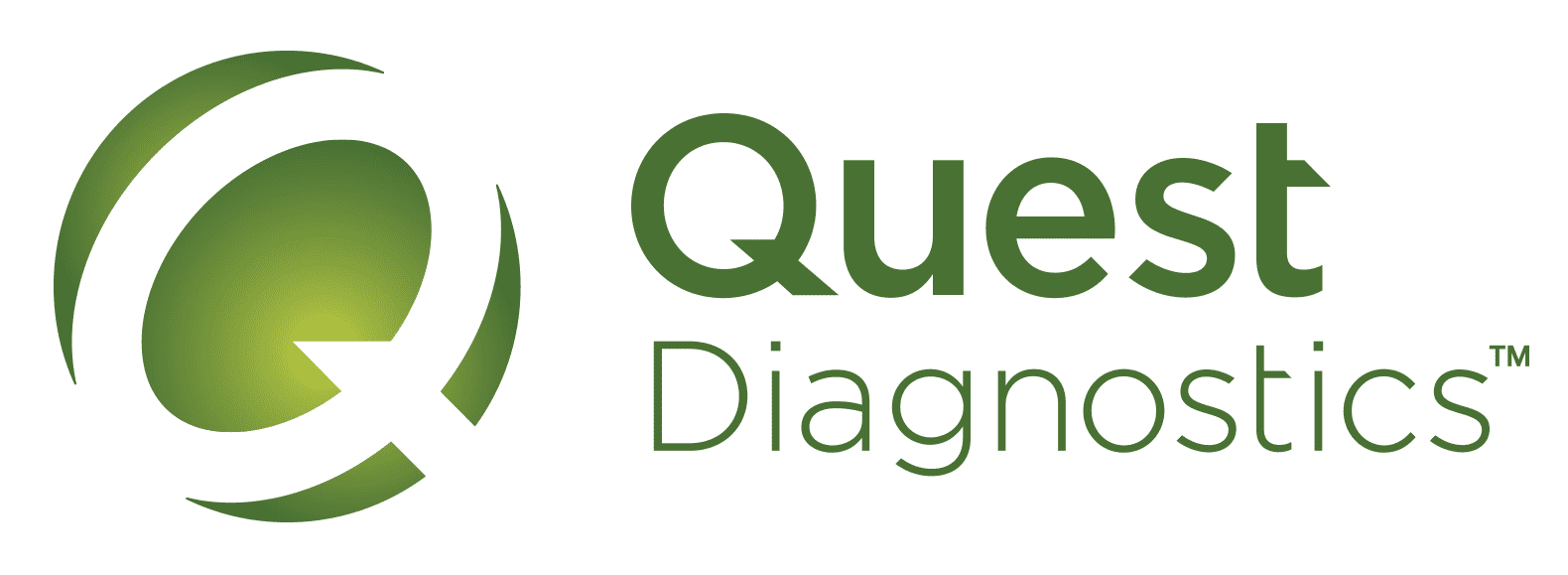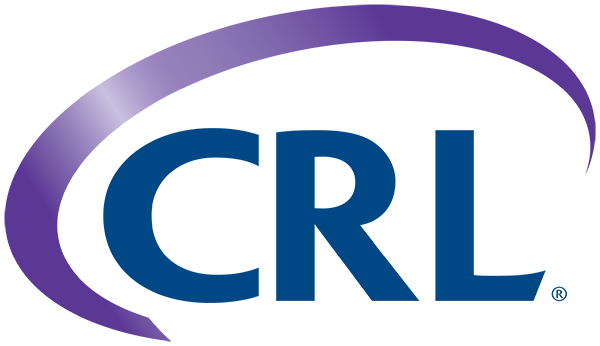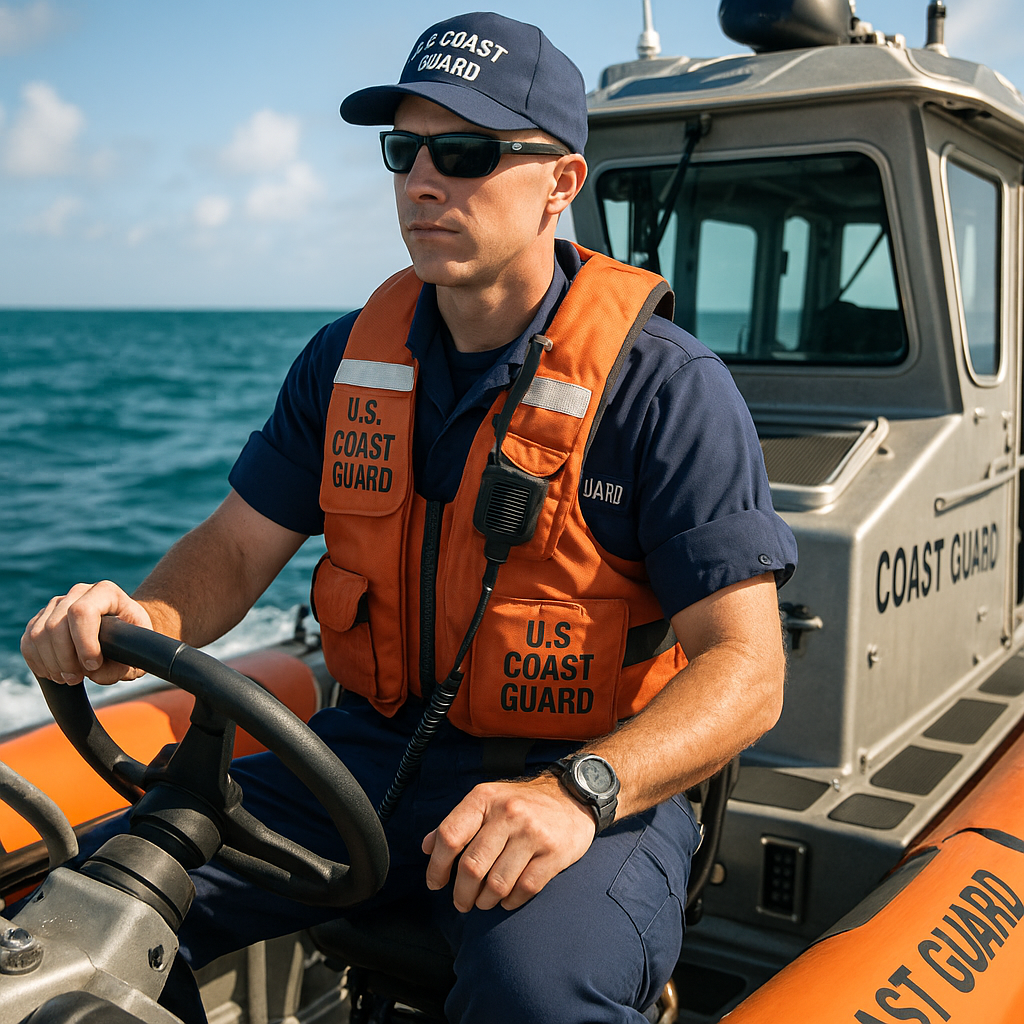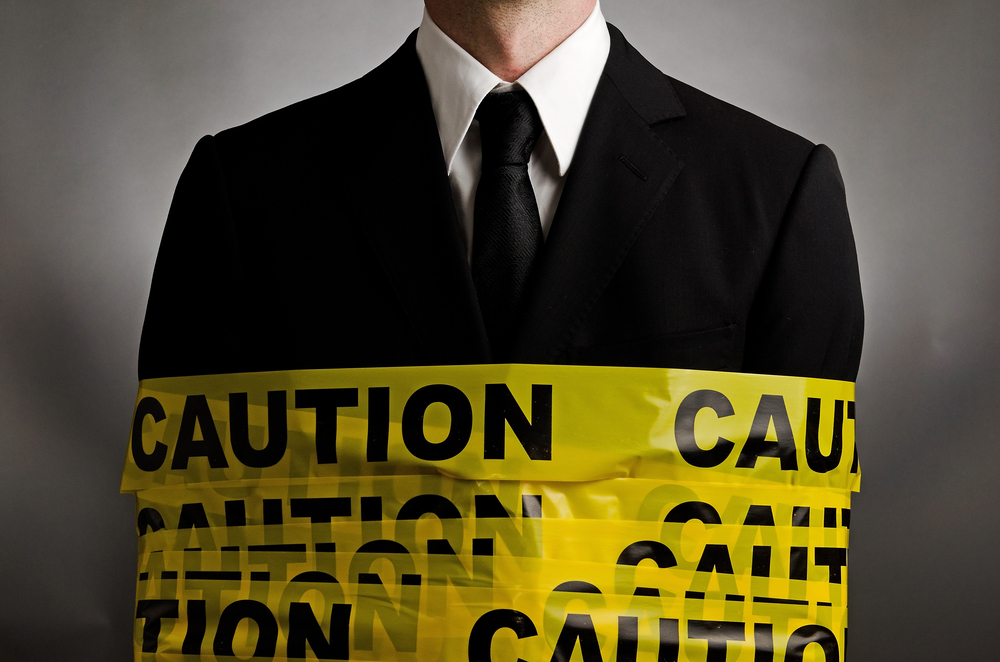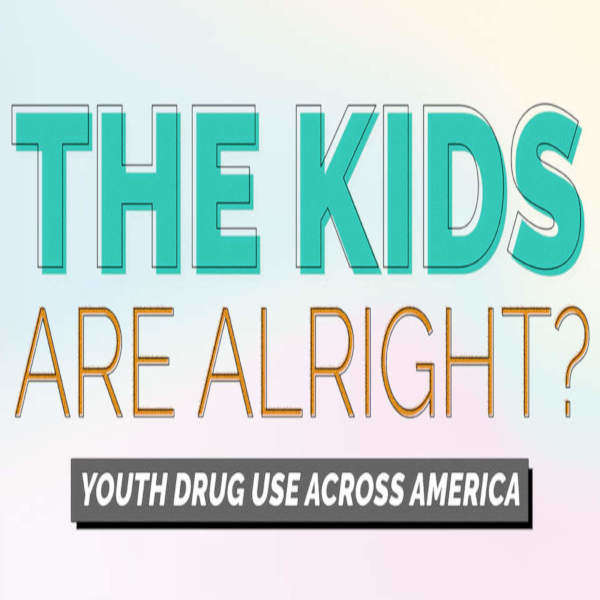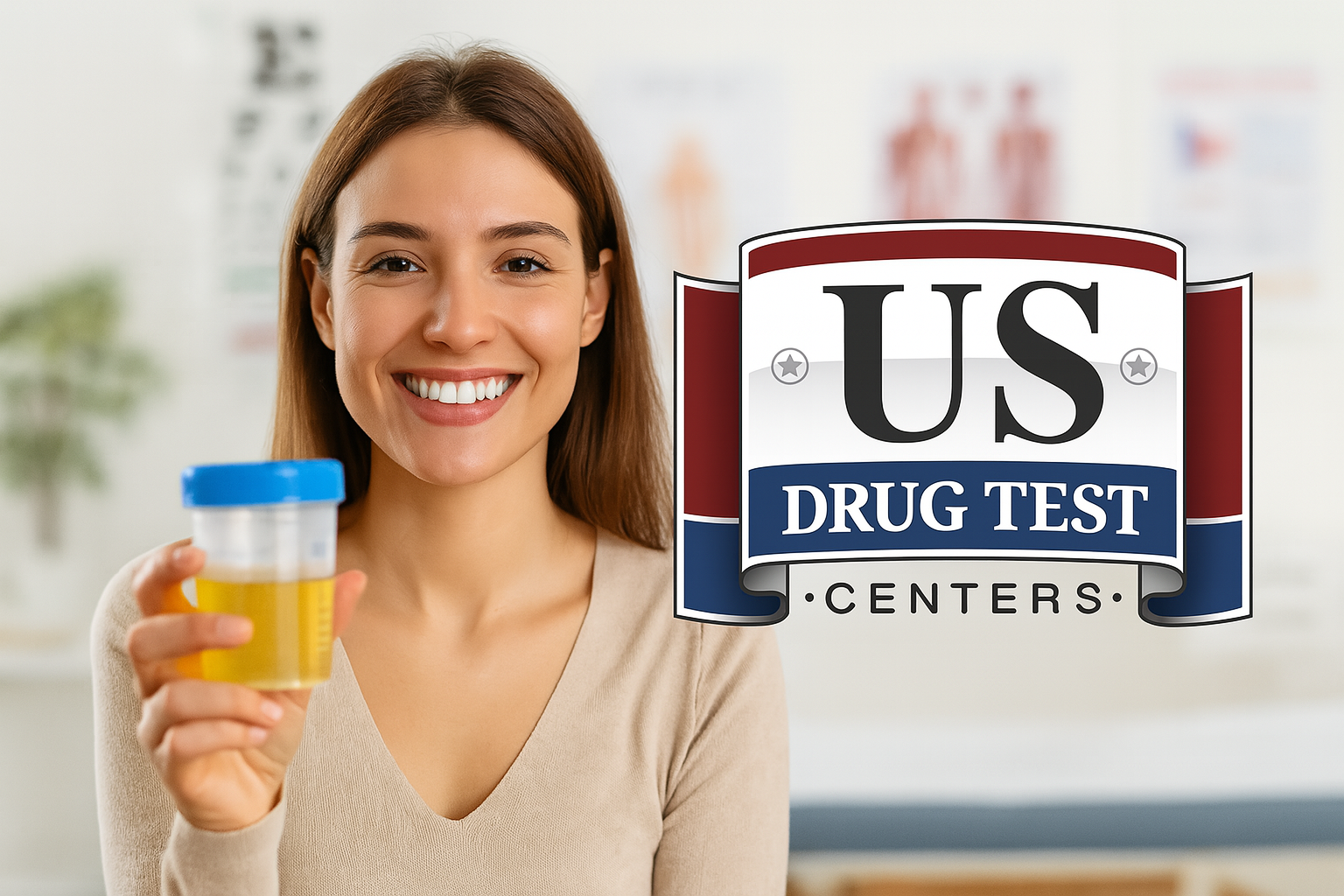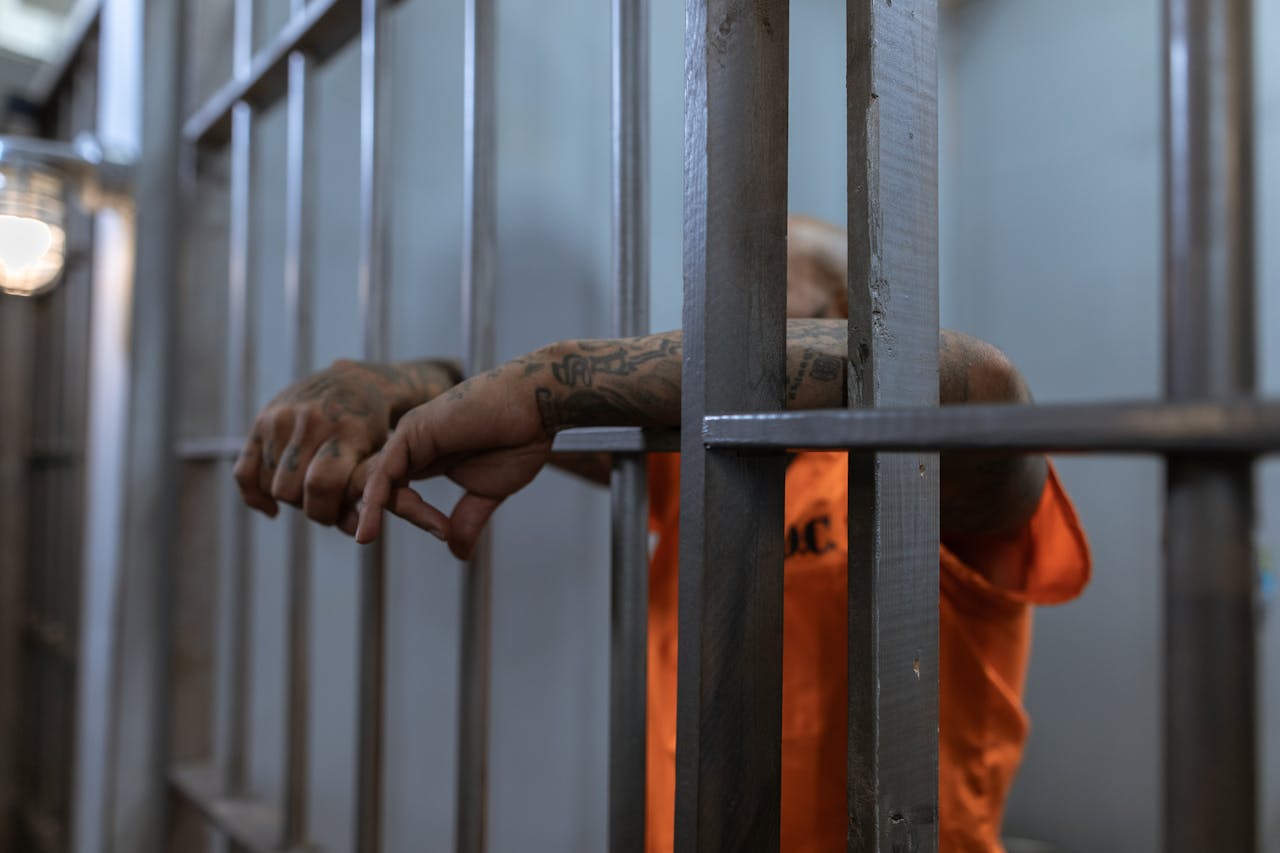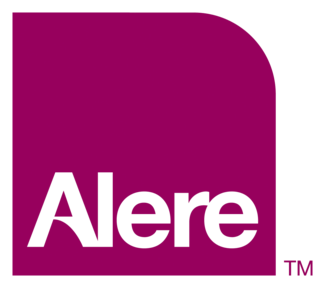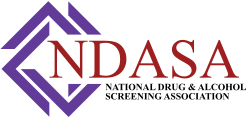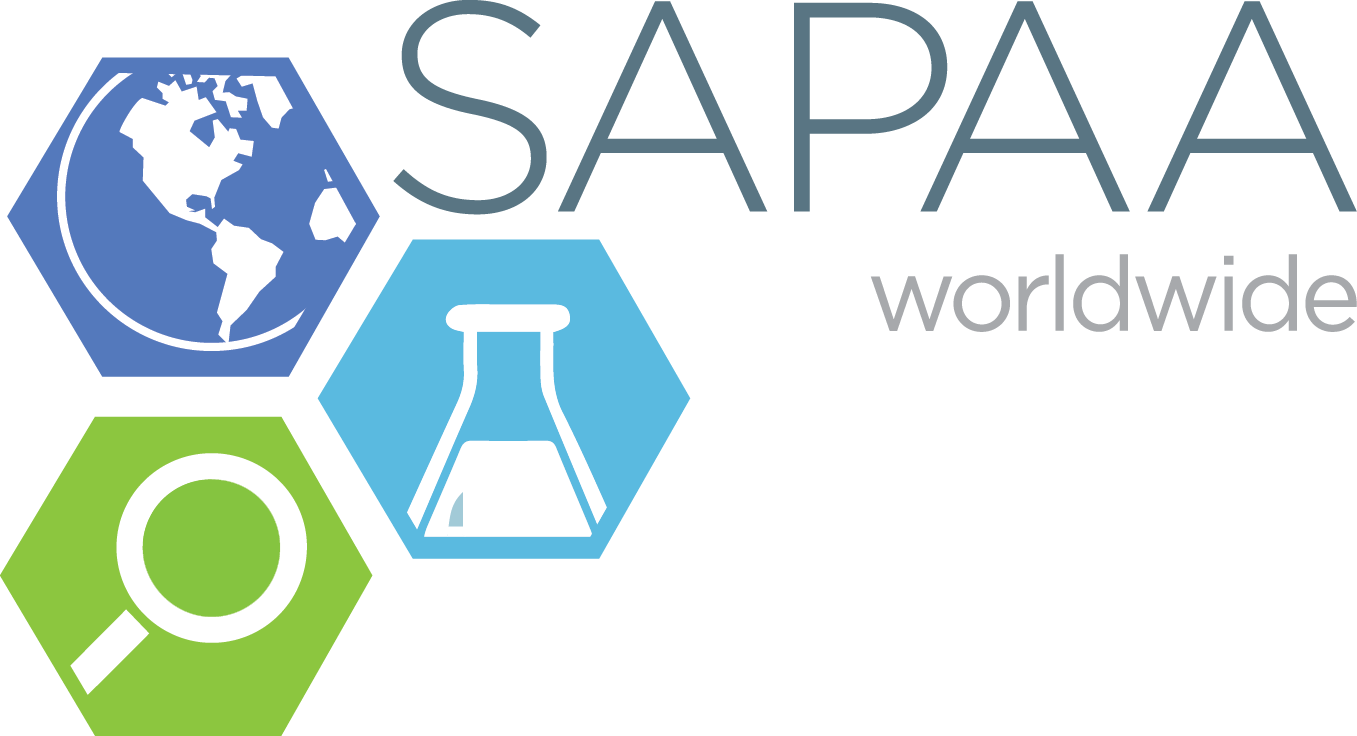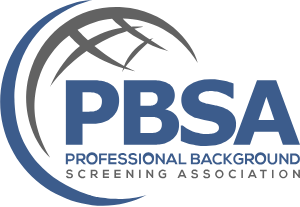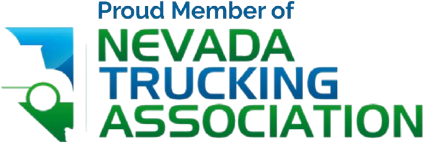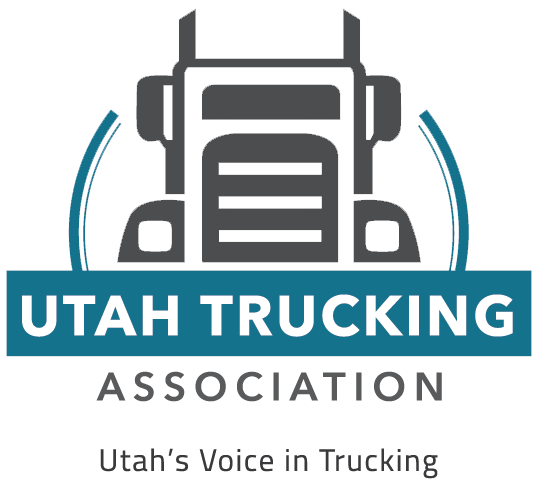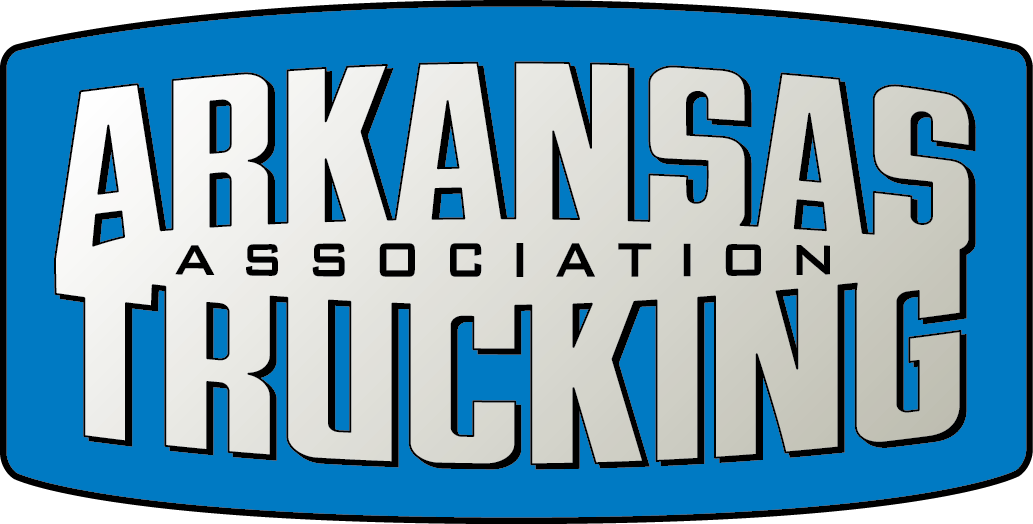US Drug Test Centers Blog
Understanding USCG and DOT Drug Testing Requirements
The United States Coast Guard (USCG), while part of the Department of Homeland Security, follows the Department of Transportation (DOT) regulations for drug and alcohol testing. Crewmembers and mariners performing safety-sensitive duties must comply with 49 CFR Part 40, the DOT standard for workplace drug and alcohol testing. Although USCG is not directly under DOT, a memorandum of agreement ensures that the same testing rules apply.
Policy requires all marine employers and credential holders, such as mariner credential applicants, to maintain programs compliant with DOT and USCG rules. This applies to merchant mariners, captain’s license holders, and safety-sensitive crew members aboard vessels in commercial service. The specific USCG regulations for testing in addition to the DOT 49 CFR Part 40 are 46 CFR Part 16 and 46 CFR Part 4.
Types of Required Testing
Pre-Employment and Periodic Testing
All applicants for Coast Guard–issued credentials, like captain’s licenses, must submit a DOT 5-panel urine drug test. This includes tests for marijuana, cocaine, amphetamines, opioids, and phencyclidine. Only tests performed at SAMHSA-certified laboratories, with results reviewed and signed by a certified Medical Review Officer (MRO), are accepted. A periodic test must be repeated at renewal unless the applicant has participated in a random testing program for at least 60 days.
Random Testing
Marine employers must enroll their safety-sensitive personnel in a random drug testing consortium. At least 50 percent of covered employees must be tested annually. Random selection must use a scientifically valid method and be spread across all quarters.
Post-Accident (Serious Marine Incident) Testing
If a safety-sensitive employee is involved in a serious marine incident, such as injury, death, or significant vessel damage, that crewmember must submit to a post-accident drug test. Employers are responsible for timely specimen collection and documentation of the incident. Marine employers must follow 46 CFR Part 4 - Subpart 4.06 - Mandatory Chemical Testing Following Serious Marine Incidents Involving Vessels in Commercial Service
Reasonable Suspicion Testing
If an employer reasonably suspects drug use based on contemporaneous physical, behavioral, or performance indicators, the crewmember must be tested. Observations should be made by supervisory personnel. This applies equally to alcohol or drug suspicion testing.
Testing Panel and Procedure
USCG accepts only the DOT 5-panel drug test. Testing must include screening for marijuana metabolites, cocaine, amphetamines, opioids (such as codeine, morphine, heroin derivatives, oxycodone), and PCP.
Specimens must be collected under strict DOT Part 40 protocols. Chain of custody must be maintained. Laboratories analyzing the samples must be SAMHSA-certified, and results must be reviewed by a DOT-qualified Medical Review Officer.
Only tests signed by a certified MRO are accepted for Coast Guard credentialing or employer compliance. Test results must include full identifiers, confirmation of negative status, and must meet DOT cutoff levels.
Employer and Mariner Responsibilities
Written Program and Policy
All marine employers must maintain a written drug and alcohol policy explaining prohibited behaviors and outlining testing procedures, selection methods, consequences, and employee assistance program (EAP) details. Training materials must be distributed to all employees.
Employee Assistance Program and Training
Employers must implement an EAP and provide at least one hour of anti-drug training to all employees. Supervisors must receive training to recognize signs of drug and alcohol misuse and understand testing triggers.
Recordkeeping and Management Information System (MIS) Reporting
All testing records must be retained for a minimum of five years. Employers are required to compile annual MIS summaries for submission to the Coast Guard. These must include the company’s testing compliance data and results.
The Role of Random Consortiums
It is common practice for USCG-regulated employers to join a DOT consortium, which simplifies compliance.
Consortium benefits include:
- Meeting legal requirements for random testing rates
- Centralized administration and notification
- Accurate MIS reporting coverage and result tracking
- Management of pre-employment, random, post-accident, reasonable suspicion, and periodic testing schedules
Consortiums help ensure that employers meet the 50 percent annual random testing threshold without needing to implement random selection systems internally.
How US Drug Test Centers Can Help
Consortium Enrollment and Administration
They administer a USCG DOT owner-operator or company random consortium, enrolling mariners and vessel operators to meet the 50 percent random testing requirement and generate scientifically valid selections.
DOT-Compliant Test Scheduling
They provide pre-employment and random drug testing services, coordinate post-accident and reasonable suspicion testing, and support the required periodic testing program for credentialing.
Nationwide Collection and Certified Laboratories
With a network of over 20,000 DOT-approved collection centers and access to SAMHSA-certified laboratories, they ensure reliable testing wherever the mariner is located.
MRO Oversight and Credentialing Forms
US Drug Test Centers handles Medical Review Officer review of all samples and completes required paperwork, including the CG-719P periodic testing form used for mariner credential transactions.
Training, Policies, and EAP Support
They assist companies in drafting compliant drug and alcohol testing policies, deliver employee and supervisor training, and provide EAP guidance to meet Coast Guard requirements.
MIS Reporting Assistance
They aggregate test data from all participants and deliver formatted MIS reports suitable for Coast Guard submission, relieving employers of administrative burden.
Sample Program Structure
A structured compliance program with US Drug Test Centers might include:
- Develop and distribute a written drug and alcohol policy with EAP information
- Enroll your safety-sensitive mariners in the USCG DOT random consortium
- Provide training for employees and supervisors in anti-drug education and testing procedures
- Conduct required tests:
- Pre-employment/safety-sensitive screening
- Random testing at 50 percent annually
- Periodic testing for license renewal or initial credential
- Post-accident testing following serious marine incidents
- Reasonable suspicion testing as needed
- Ensure collection under DOT Part 40, samples sent to SAMHSA-certified labs, MRO review
- Maintain records and training documentation for at least five years
- Receive completed MIS summary for Coast Guard submission
Best Practices for Compliance
- Keep policies current and aligned with DOT and USCG regulations
- Monitor positivity trends and random pool enrollment to maintain compliance
- Ensure personnel remain in the random pool for at least 60 days to waive the need for periodic testing
- Use scientifically valid random selection tools to avoid audit issues
- Plan ahead for post-accident testing compliance in remote or vessel situations
- Use third-party support to reduce administrative risk and ensure audit readiness
Why It Matters
Compliance with USCG DOT drug testing regulations is critical for safety, credentialing, and legal integrity.
DOT-standard drug testing deters illicit substance use in marine operations. Safety-sensitive roles, like passenger handling and lifesaving equipment operations, demand consistent oversight. Failed tests or noncompliance can lead to license revocation, fines, and prohibition from credentialed duties. Positive test results must be reported to the Coast Guard, potentially triggering investigations and disqualification.
A robust program aligns with federal standards and demonstrates commitment to operational and credential integrity.
USCG DOT drug testing regulations are comprehensive and specific. Mariners and marine employers must adhere to:
- Pre-employment, random, periodic, post-accident, and reasonable suspicion testing protocols
- Use of DOT 5-panel drug screening and SAMHSA-certified labs
- Oversight by qualified Medical Review Officers
- Strict recordkeeping and MIS reporting
- Education and training for employees and supervisors
US Drug Test Centers offers a complete compliance solution, including consortium access, testing logistics, training, documentation, and reporting. Whether you are obtaining a new captain’s license, renewing credentials, or ma

